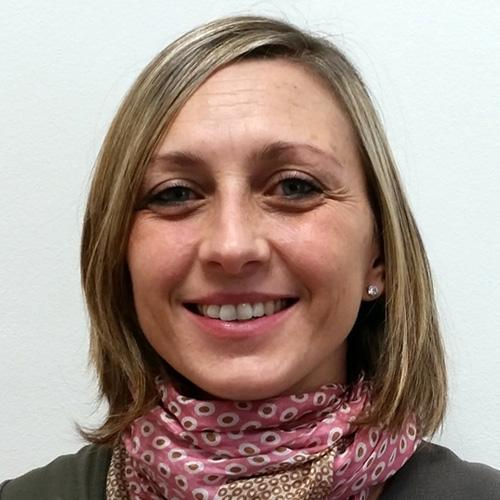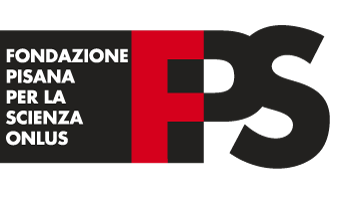Human disease modeling of GATA2-related Myelodysplastic Syndromes and Acute Myeloid Leukemia
Research team: Alessandra Giorgetti, Paolo Aretini, Francesca Lessi, Chiara Mazzanti, Damia Romero-Moya
Germline heterozygous GATA2 mutations underlie a complex disorder characterized by immunodeficiency, bone marrow failure and high risk to develop myelodysplastic syndrome (MDS)/ acute myeloid leukemia (AML). GATA2 deficiency has been established as the most common hereditary cause of MDS in children and adolescents. So far, allogeneic stem cell transplantation is the only curative therapy; hence there is a clear unmet medical need. A better understanding of the molecular basis of this entity may pave the way for personalized surveillance and treatment approaches. Since its discovery in 2011, important questions pertaining to mechanism GATA2 deficiency remain unanswered: (i) Is GATA2 mutation itself enough to promote MDS/AML development? (ii) Is there a genotype-phenotype association? (iii) What factors control disease penetrance? (iv) Which genetic or epigenetic lesions are essential for malignant transformation and how do they crosstalk? (v) Is there a GATA2-specific clonal architecture in MDS marrow? (vi)What is the role of microenvironment? Answering these questions has been hampered by the absence of robust disease models. Here we propose to unravel the mechanisms underlying the malignant progression of GATA2 deficiency by combining genomic approaches (genome and transcriptome) with in vitro and in vivo models. The SPECIFIC objectives are: 1) to decipher the genome/epigenome of GATA2-related MDS/AML 2) to elucidate the functional consequences of recurrent/novel GATA2 and driver mutations in human-based disease model. The overarching goal is to acquire a precise understanding of myeloid transformation allowing for a personalized approach to patient care.

